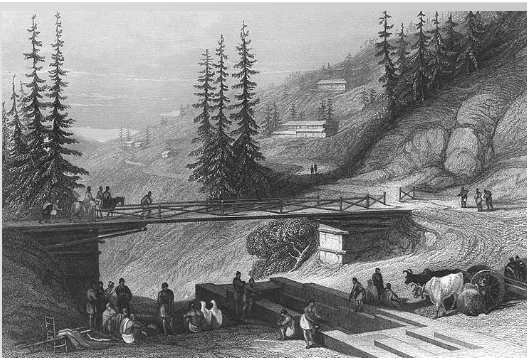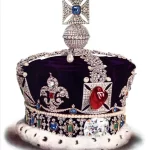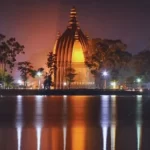Shimla
The Shimla hills were given to the British after a series of negotiations with the Raja of Keonthal. Shimla, like its nearby hill settlement, Kasauli, was originally utilized as a sanatorium. The chilly temperature, it was thought, aided recovery from long-term ailments.
It also gave relief of the humid and hot climate on the lowlands. The British travelled via the Hindustan-Tiibet Road and the Kalka-Simla Railway.
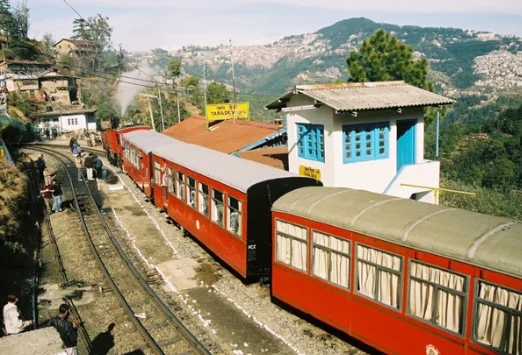
Lord Dalhousie established the Hindoostan-Thibet Road in 1850, but the Kalka-Simla railway did not begin operations until 1903. Prior to them, getting to Simla from the capital city of Calcutta was a difficult task that involved train and cart travel.
Shimla Bazaar
In the year 1864, Sir John Lawrence formally designated Shimla the British empire’s the summertime capital. The capital was within three miles from the famed church of Christ in Shimla Bazaar.
It quickly grew into a tiny English city with many buildings, including the post workplace, telegraph office, the Military the head office, the Government of India Secretariat, the Government of India press, clerks’ houses, the Public Works Department Secretariat, the financial division office, and the Home Ministry of the Government of British India.
Between April and October of each year, the British relocated from Kolkata to their summer capital, Shimla.
The yearly migration to Shimla was carried out not only by the Governor and his cabinet, but also by the whole colonial administration and military. Some departments, including the Sanitary Commissioner, the Examiner of Accounts, and the Military Construction Department, set up permanent offices at the hill station.
The Shimla payment Act
People like the Auditor General, the Press Director, and many others, traveled up every year with their policemen, clerks, documents, and baggage to establish a base near the Viceregal Lodge.
The Shimla payment Act assured that clerks from these departments got a travel payment to transport themselves and their family to Shimla and return to Calcutta on schedule. Furthermore, the Pay and Acting Allowances Code granted them an extra claim for two-thirds of the allowance as ‘personal allowance’.
Shimla Summer Capital employees bought residences in Shimla to stay there during the summer. The practice, however, was to rent out properties throughout the season.
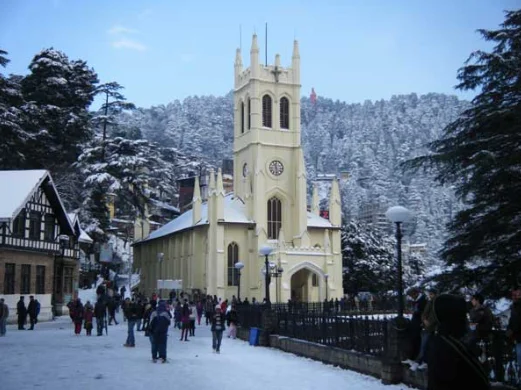
The centralization of British society drew many members of Indian royal families to Shimla. Though some Indian monarchs and princes attended Shimla for Imperial durbars, others traveled to Little England to socialize with English people.
By the 1800s, thirty of the four hundred moderately sized residences belonged to ‘Native leaders’.The Raja of Nahan held fourteen estates, whereas the Maharana of Dholpur and the Maharaja of Jaipur each had two.
Arrival of Maharana of Dholpur
Native leaders traveled with huge retenues to match their size. In 1813, Maharana of Dholpur traveled by five soldiers and forty supporters, while the next year he arrived with seven Sardars and 34 followers. This caused worry among British officials for two reasons. The first was a question of prestige, since the Viceroy toured the Imperial summer palace nearly alone.
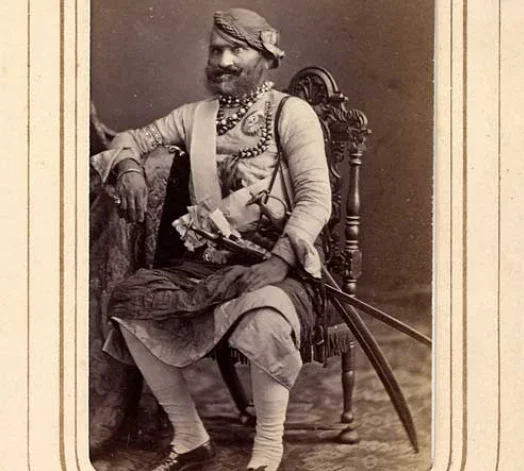
In contrast, it appeared inappropriate for a Native chief to surround himself with an entourage. The second issue concerned practicality. Because of the raucous parties and congestion that characterizes Princely households.
British officials refused to let out houses in close proximity to Indian Princes’ properties. Furthermore, Native leaders who rented out their homes to British officials were accused of obtaining political favors from their renters. The British authorities believed that Indian rulers purchased estates in Simla in a foolish attempt to outdo themselves.
ALSO READ: Diamond of Destiny: The Kohinoor Story
It was so proposed that it would be good to gently and indirectly dissuade Native leaders from purchasing mansions in Simla. However, such discouragement could not be formalized and reflected in official instructions.
After all, the British administration did not have the legal authority to prevent Indian rulers from acquiring property until their riches allowed it.
The Viceregal Lodge
Simla’s most historically noteworthy edifice is the Viceregal Lodge. Colonel J. T. Boileau planned it and constructed it on Observatory Hill. It was finished in April 1888. Mr. Henry Irwin, the supervisor of works, oversaw the building’s construction alongside his chief clerk, Mr. J H Baker. Following independence, it was called ‘Rashtrapati Niwas’.
The city has witnessed some of India’s greatest important events, including the Simla Conference in 1945, which proposed the idea for Indian self-government.
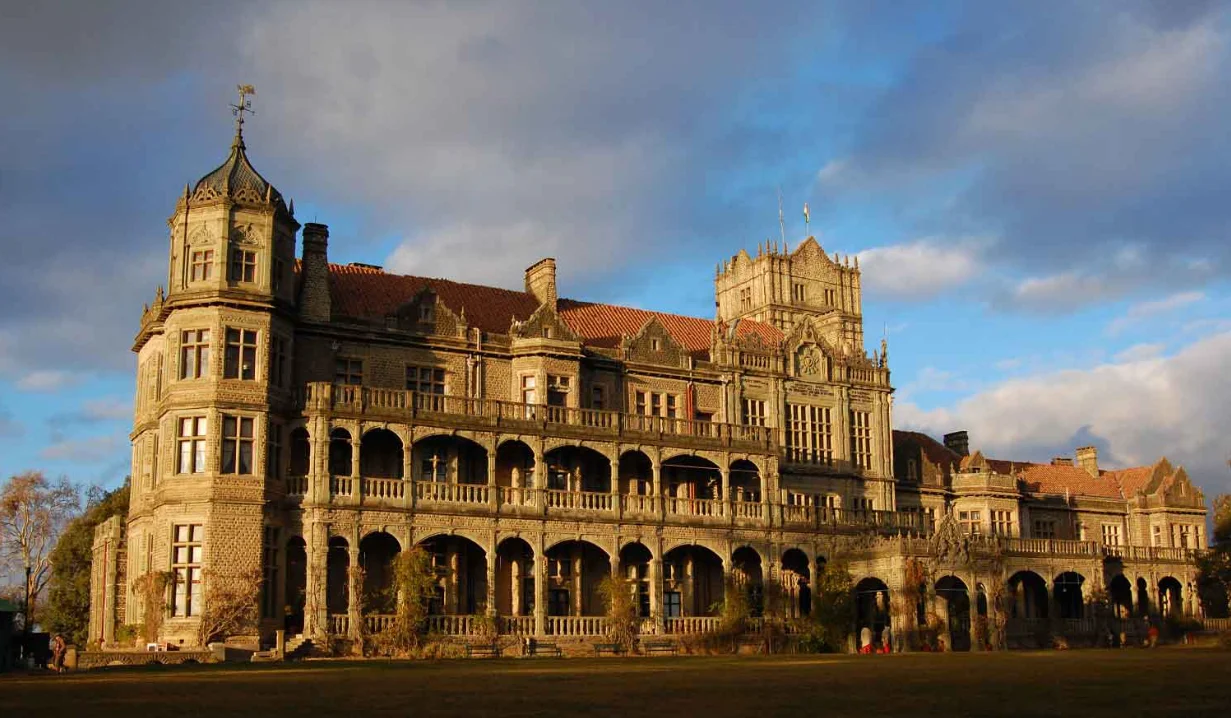
Prime Minister Indira Gandhi and Pakistani President Zulfikar Ali Bhutto signed the Simla Accord on July 2, 1972, formally recognising Bangladesh as a new nation-state.
The British dubbed Simla, now known as Shimla, the “Queen of Hills,” and tourism is the most apparent remnant of Shimla’s rich colonial history.

